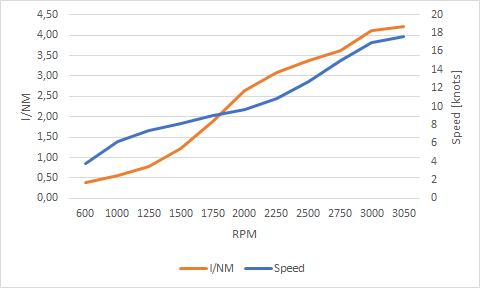North Baltic sea
Guru
I have witnessed this re-programming. Cummins tech shows up with his computer, plugs it into the engine ...... Presto ! no other changes. Just for a laugh get a quote from Cummins for that engine as a 220 and a 340. The price difference will shock you.
Chip tunig pay about 450$ all cummins qsb series engines
https://www.chipexpress.com/products/cmd-cummins-mercruiser-diesel/qsb/
Add torque and power, but does the machine and the gearbox withstand increased power
NBs

